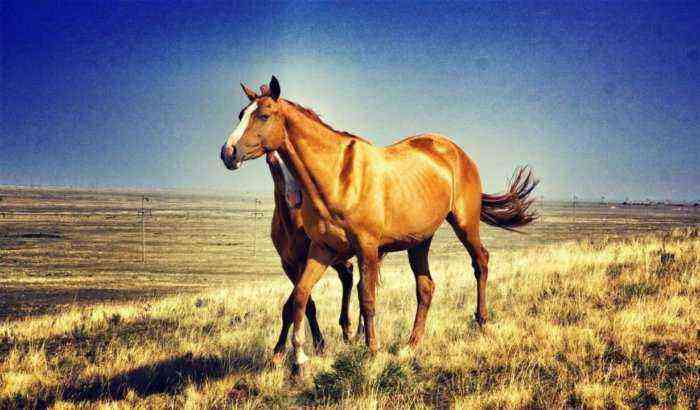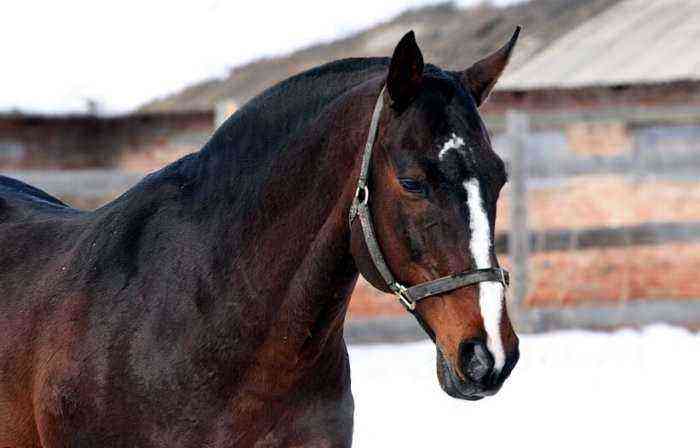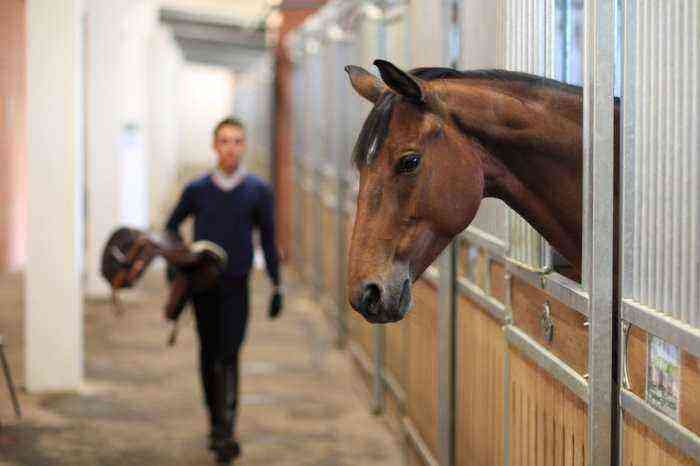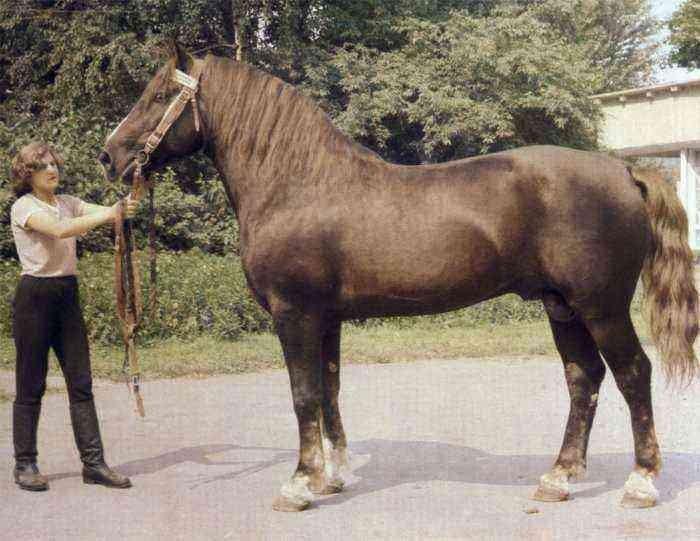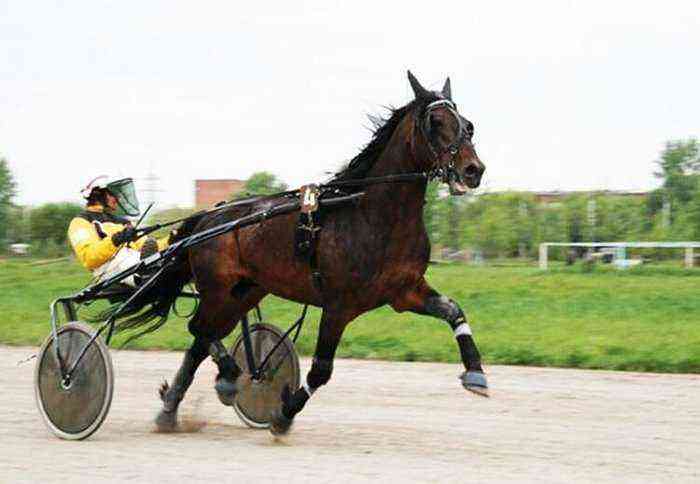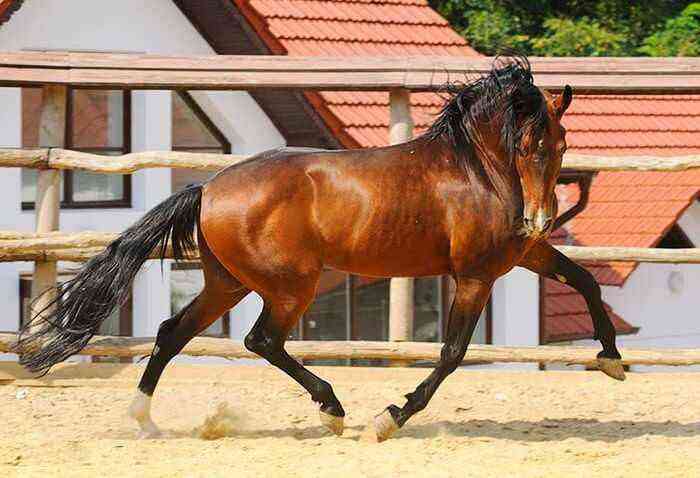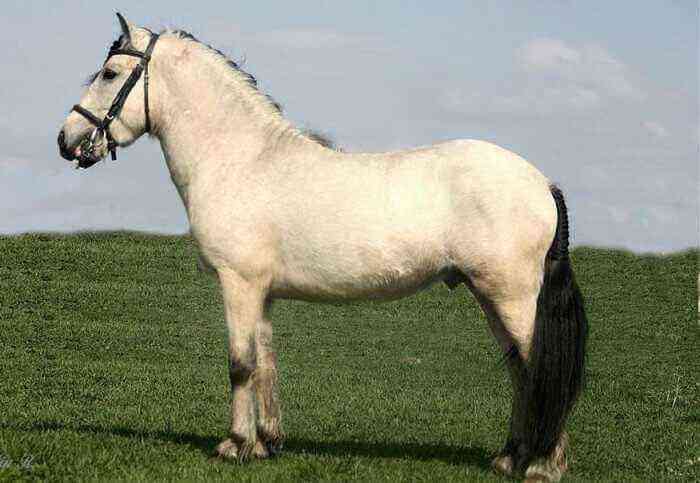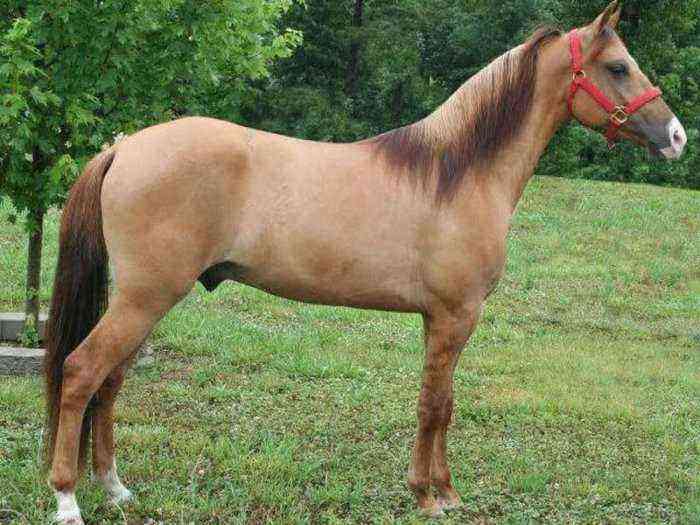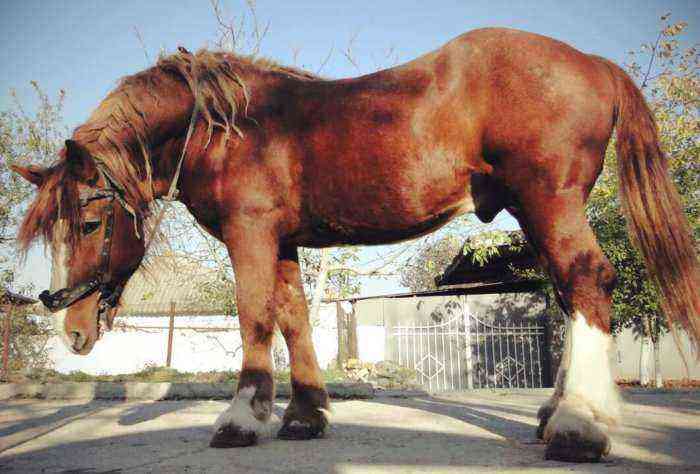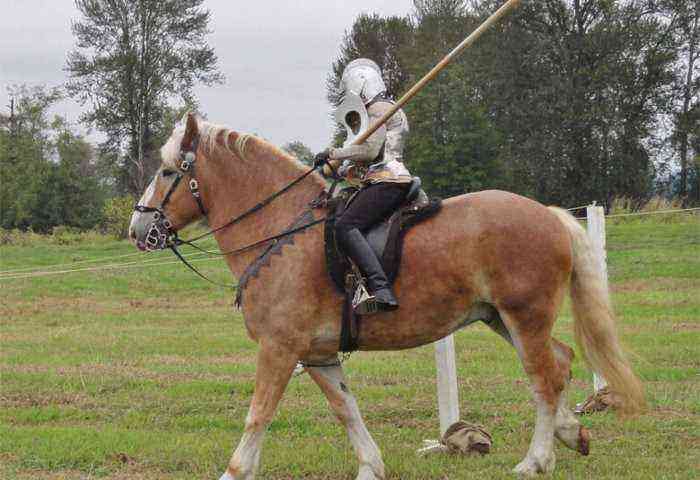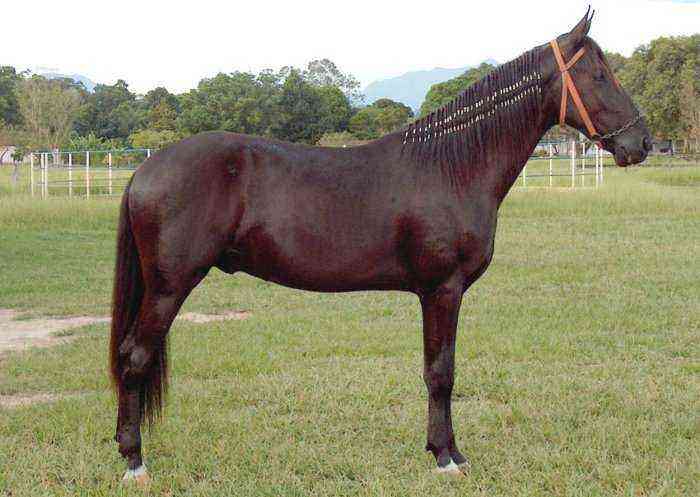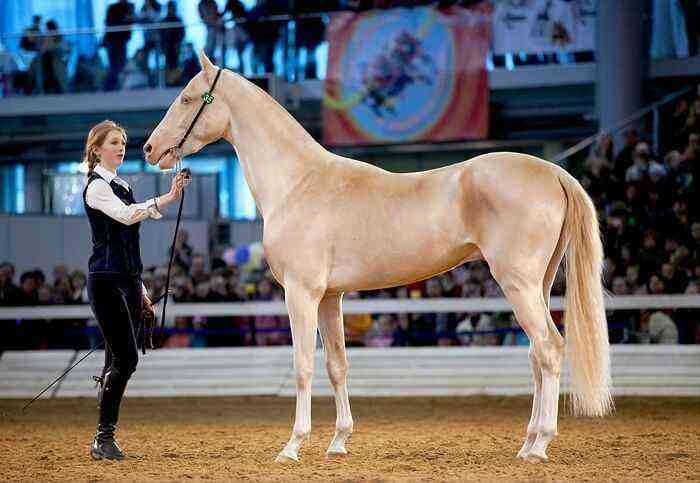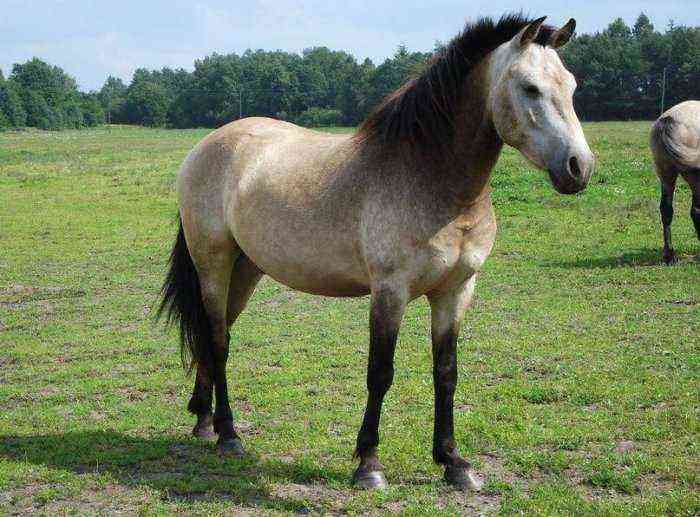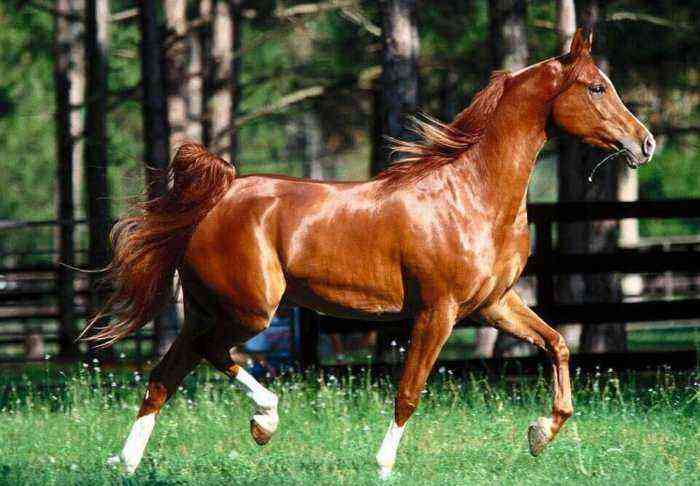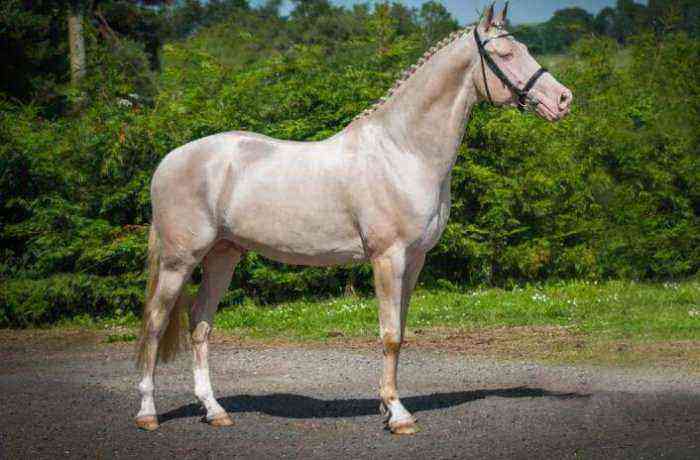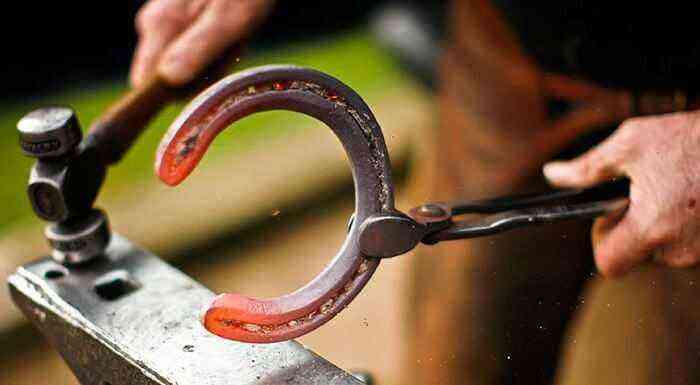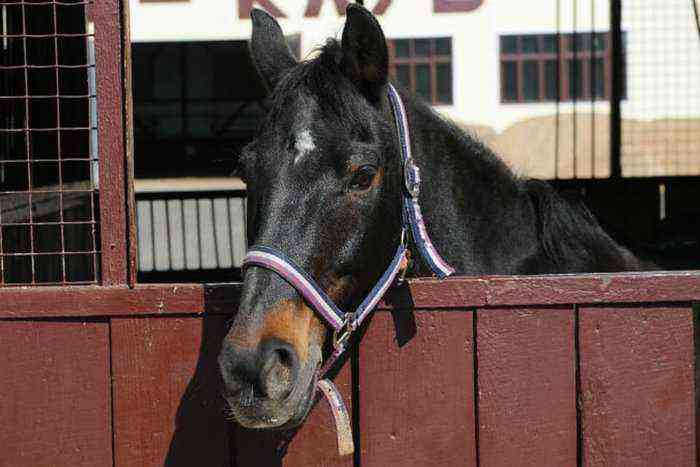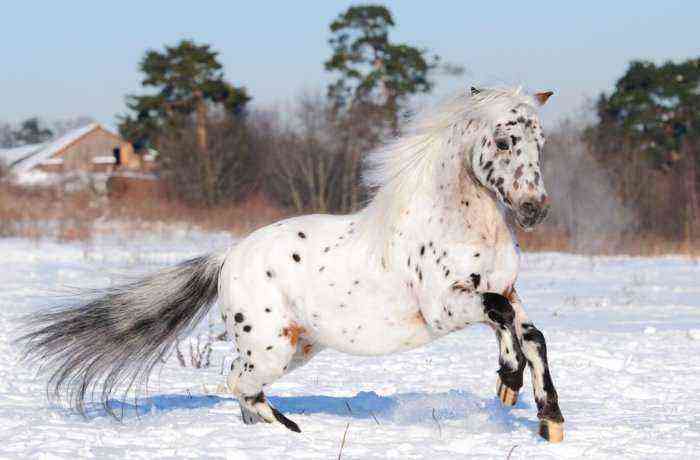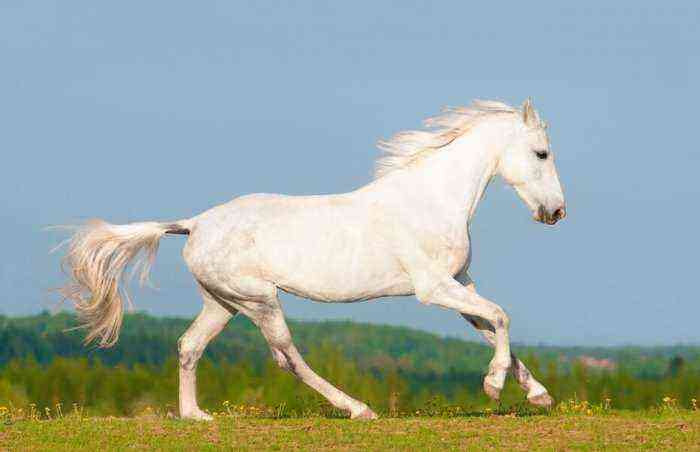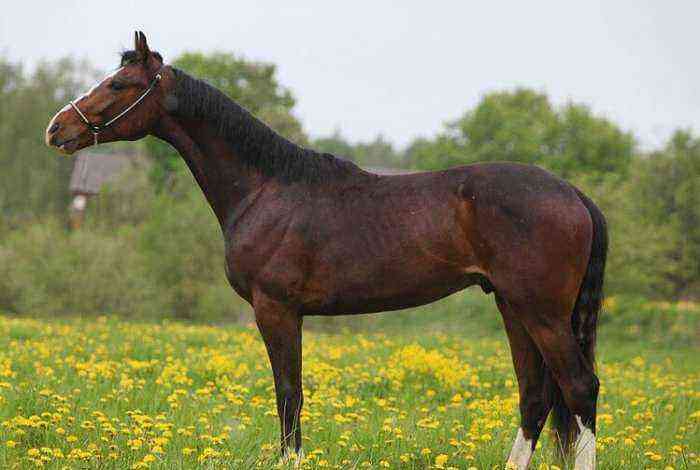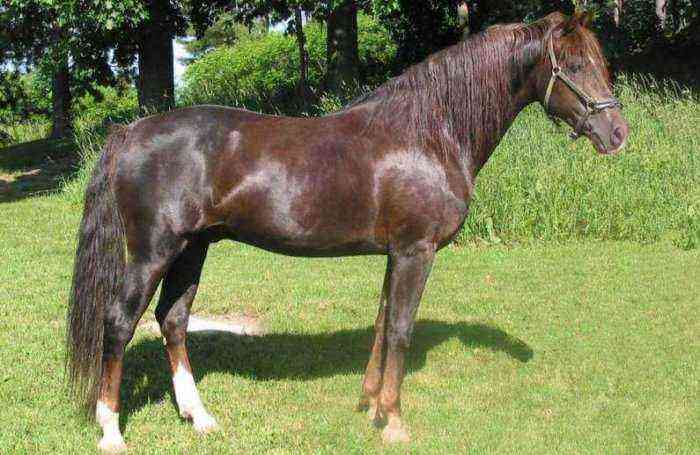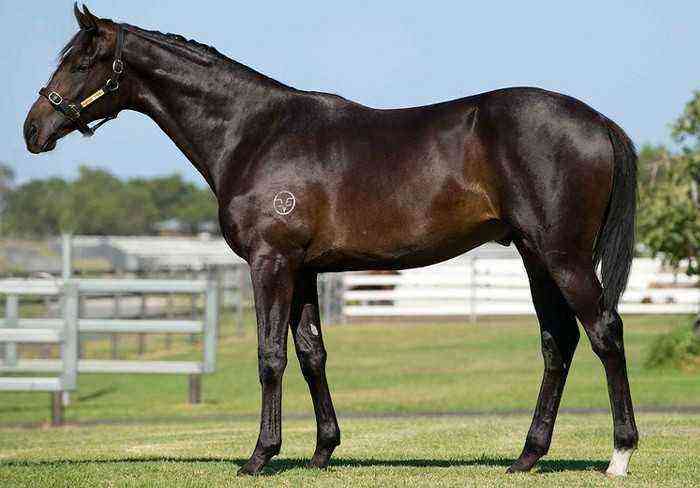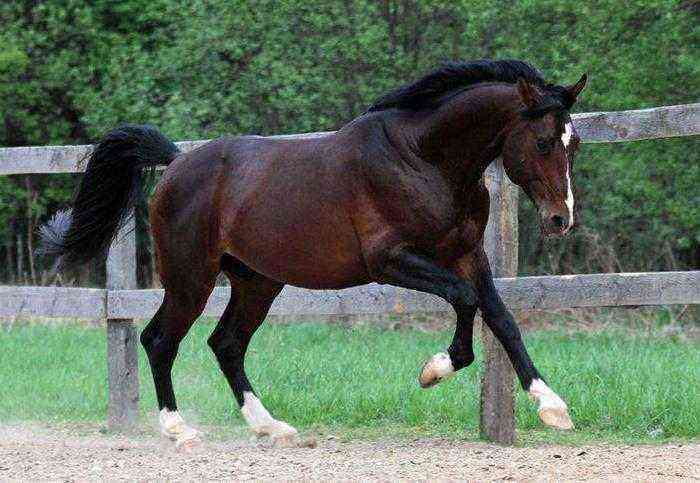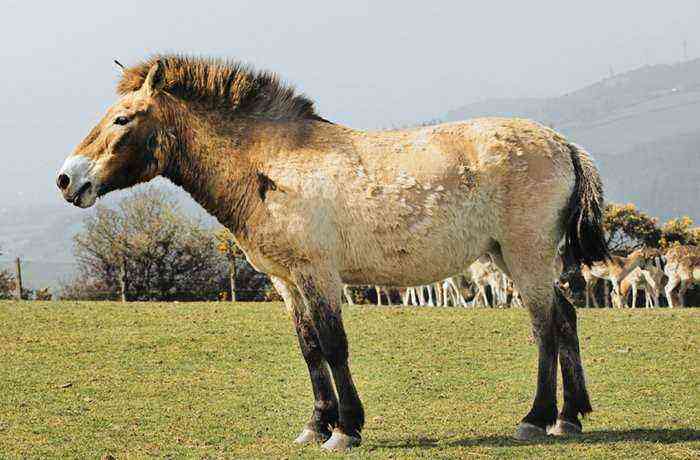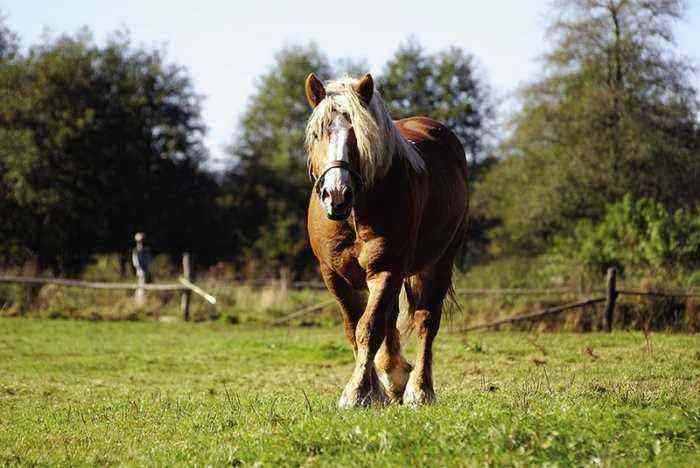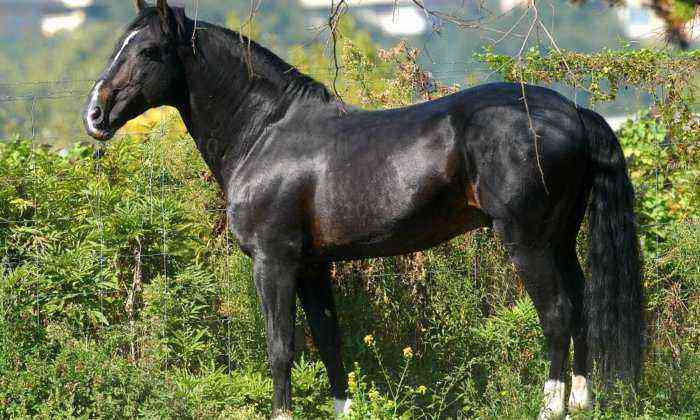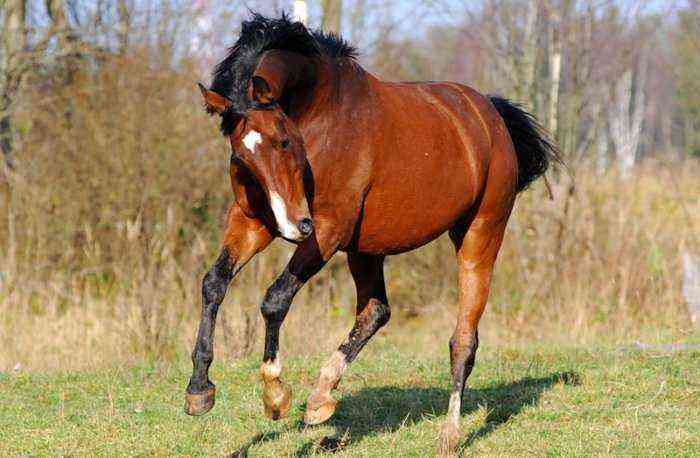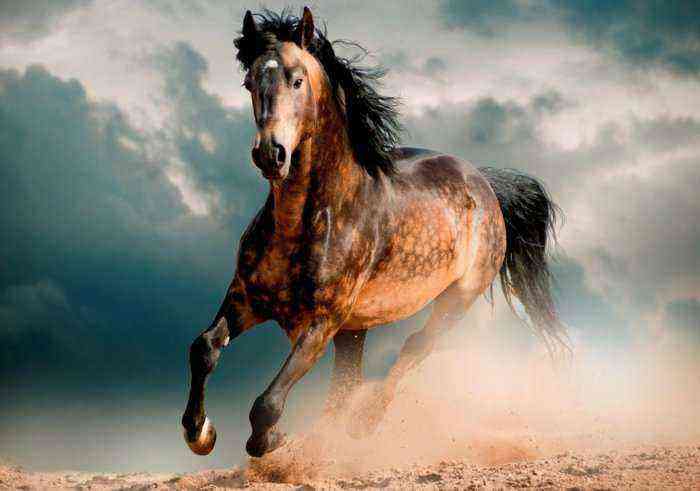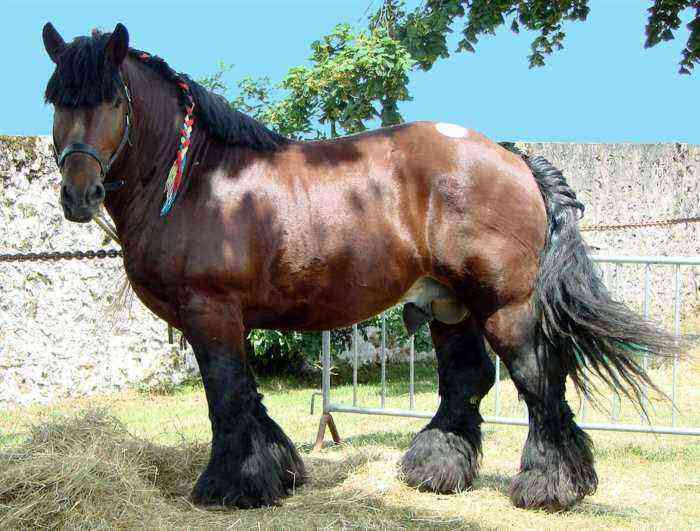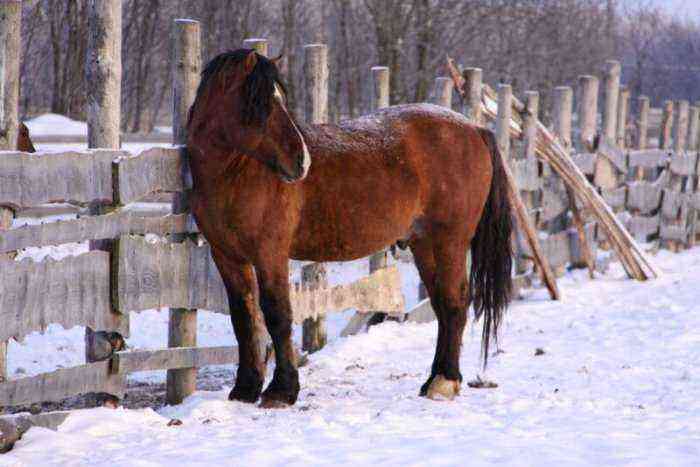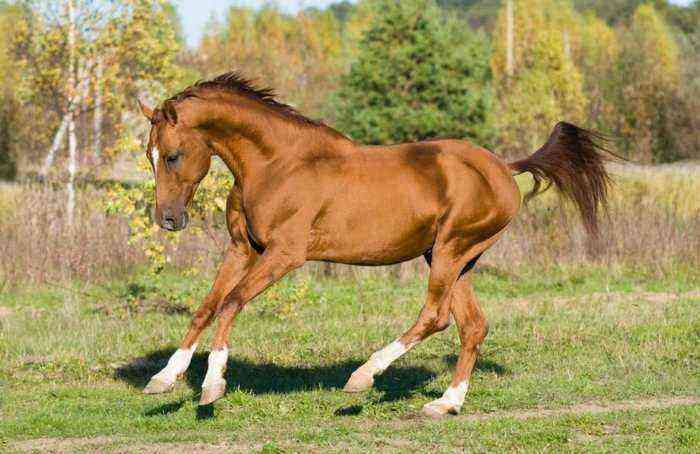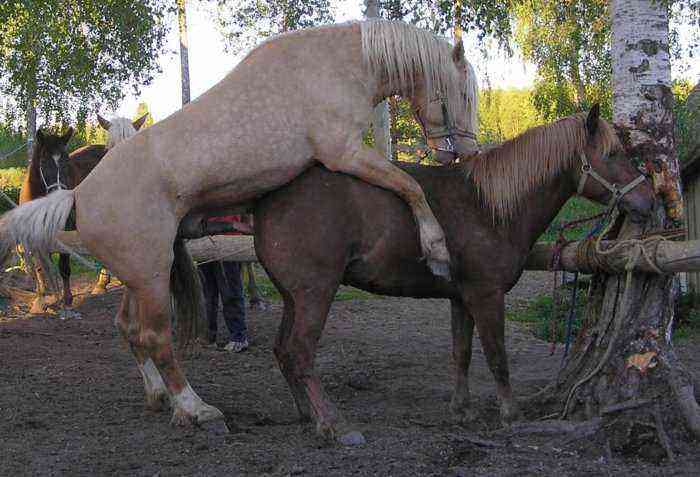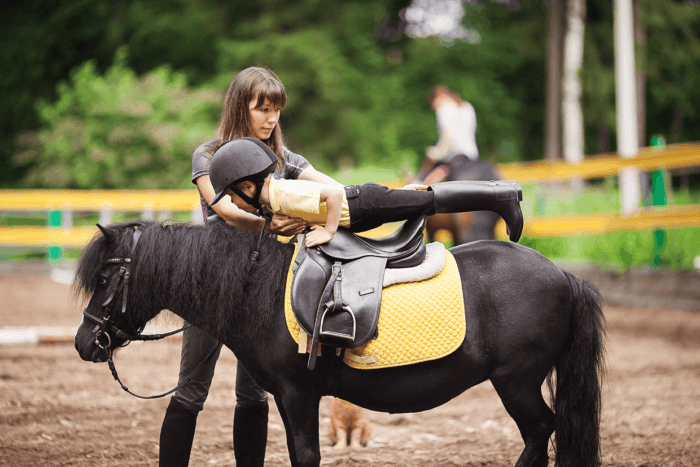The Kalmyk breed of horses was bred by folk selection in the steppes north of the Caspian Sea. It developed in difficult conditions, because the Kalmyks led a nomadic lifestyle, and their animals made the transitions with them. Thanks to this, the horses developed strong immunity and excellent qualities – endurance and unpretentiousness.
Kalmyk horse
Historical information
The Kalmyk horse breed originates from the Mongolian horses, which the Kalmyks brought with them during their migration to the steppe regions located north of the Caspian Sea. In the future, the breed developed through folk selection. Local residents selected individuals for breeding strictly, giving preference to hardy and undemanding to the conditions of detention.
In the middle of the XNUMXth century, the breed was improved by the influx of oriental blood, and a century later, the best Kalmyk mares were crossed with stallions of riding breeds:
- Kabardian;
- Anglo-Arabic;
- Bashkir;
- Oryol.
Since the entry of Kalmykia into the USSR, the government of the country has paid close attention to breeding horse breeding. The state was interested in replenishing the cavalry army and in every possible way contributed to the selection work. Thanks to the government program, by the beginning of the Great Patriotic War, the Kalmyk breed became the basis of the horse stock in Kalmykia, Astrakhan and Stalingrad regions.
In the post-war years, horse breeding fell into decline, and the number of heads was greatly reduced. The restoration of the breed was taken up only in the early 90s of the XX century. On the basis of data obtained from surviving documents, the standards of the Kalmyk breed of horses were established.
The authorities organized an expedition during which 16 horse breeding farms in the republic were checked in order to find the remains of the breed’s gene pool. Fortunately, almost 90% of the total livestock were direct and crossbred descendants of Kalmyk horses. The government made sure that breeding farms were organized, engaged in the work of restoring the lost livestock. In 1995, the breed was entered into the state register.
Exterior description
Kalmyk horses are outwardly similar to the Kyrgyz ones. They are short in stature and strong in build.
External characteristics:
- growth at the withers of the stallion ranges from 1,47–1,5 m;
- weight – 500 kg, and for mares – 400 kg;
- chest girth in males is 1,74 m;
- the head is large with coarse features, the profile is humpbacked;
- long straight fleshy neck;
- dry body, torso of medium length;
- croup small, slightly lowered;
- limbs sinewy of medium length;
- the Kalmyk breed is characterized by a red color.
Kalmyk horses
Advantages of the breed
The Kalmyk horse became famous for its endurance and unpretentiousness. She was taken out in the conditions of herd keeping, which had a beneficial effect on the immunity of animals. They almost never get sick, easily endure frost and heat, and can go without water and food for a long time. In winter, horses themselves get their livelihood by digging snow.
Kalmyk horses are able to overcome great distances and quickly recuperate. Another advantage of this breed line is the high fertility of mares. From a population of 100 females, 90 foals are produced during the year. Kalmyk horses are good-natured, obedient, hardworking. Representatives of this breed line are easily accustomed to the saddle, but they do not work in a harness.
Attention! Most of the Kalmyk horses from birth have the ability to pace. This way of moving is comfortable for the rider.
The disadvantages of the breed include late maturation and unsightly appearance.
Use of Kalmyk horses today
At home, the breed is used to obtain horse milk, from which koumiss is made. Mares are distinguished by high milk production. Animal meat is also in demand, horse meat is used to produce sausage.
Reference. Young animals are slaughtered for meat at the age of 2,5 years, when the weight of horses reaches 350–400 kg. It is profitable to breed Kalmyk horses, as the slaughter yield exceeds 55%.
In the XNUMXth century, the gene pool of these horses served to improve and create some breed lines. Kalmyk horses participated in the breeding of the Don and Budyonnovskaya breeds.
Meat horse breeding in Kalmykia is one of the leading branches of animal husbandry. Breeding work to restore the livestock continues now. The inhabitants of the republic highly value local horses for their good adaptability to the harsh steppe climate, resistance to diseases, unpretentiousness and endurance. Undoubtedly, their efforts will be crowned with success.
